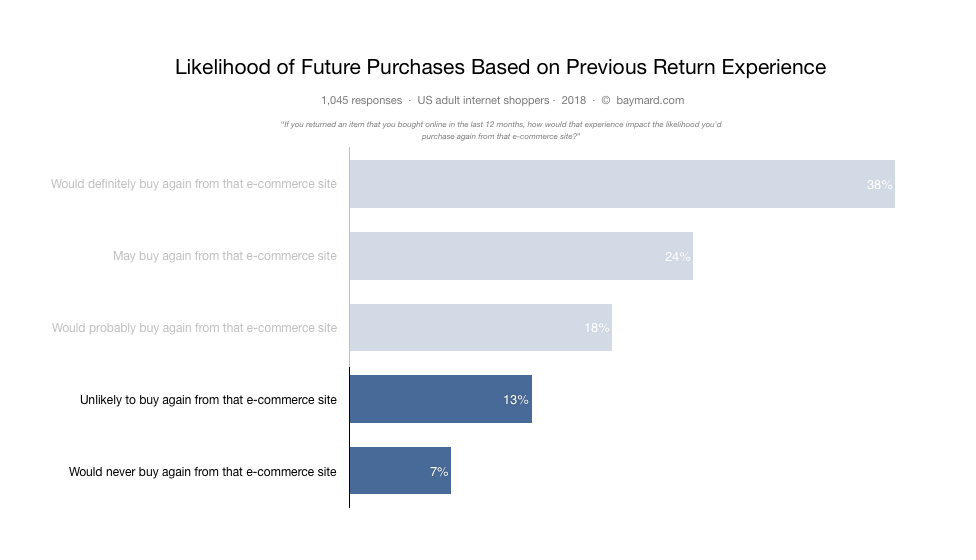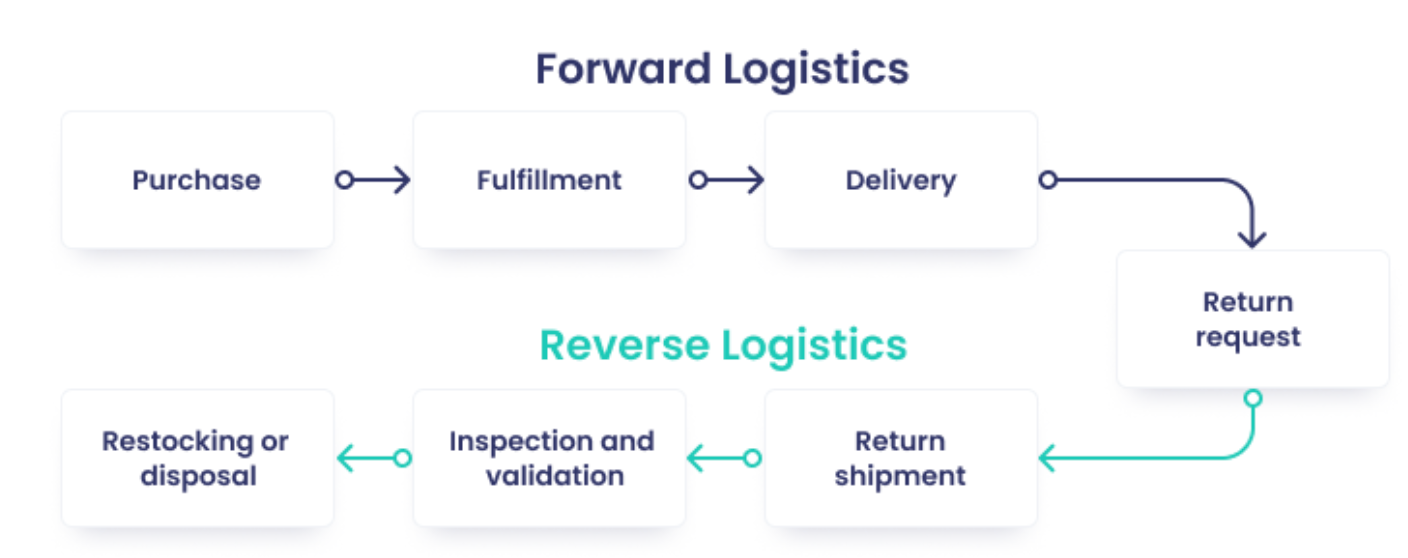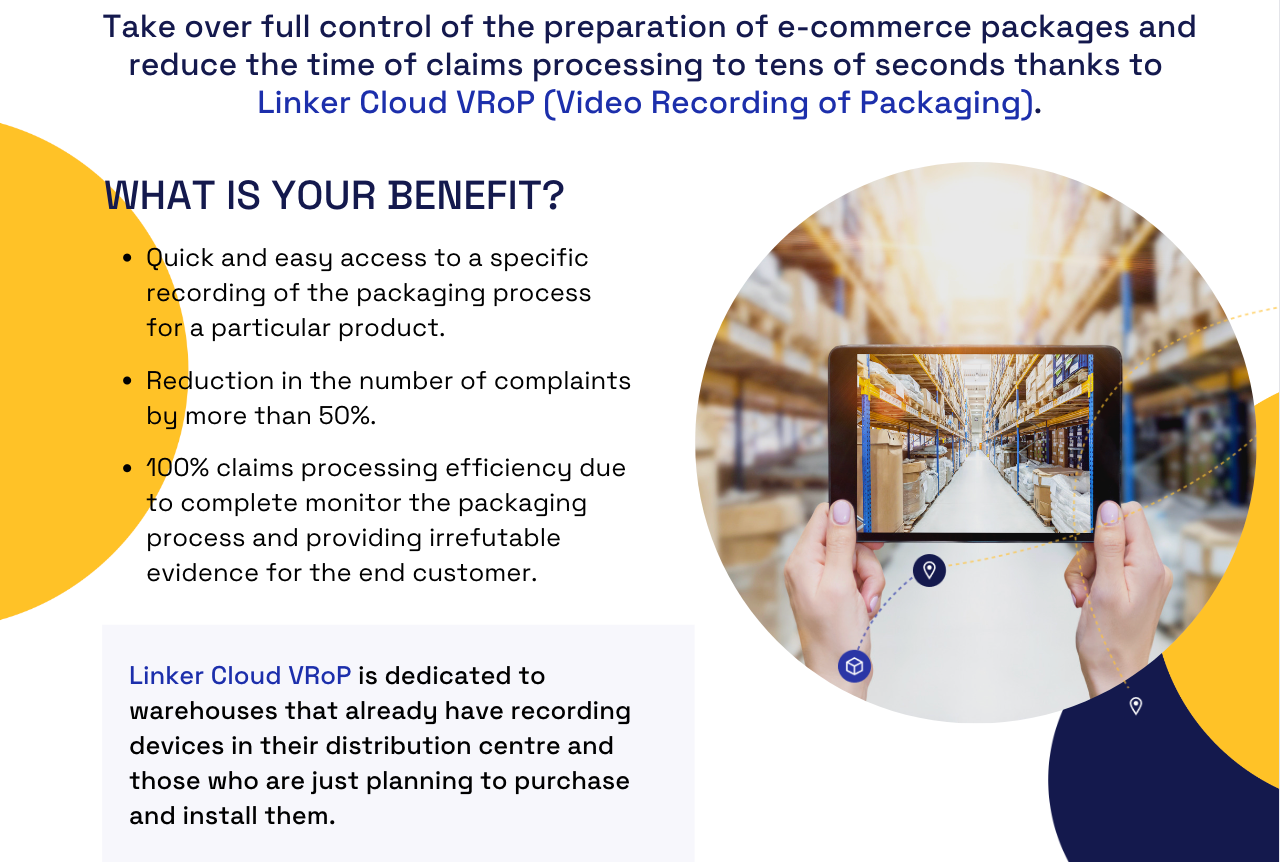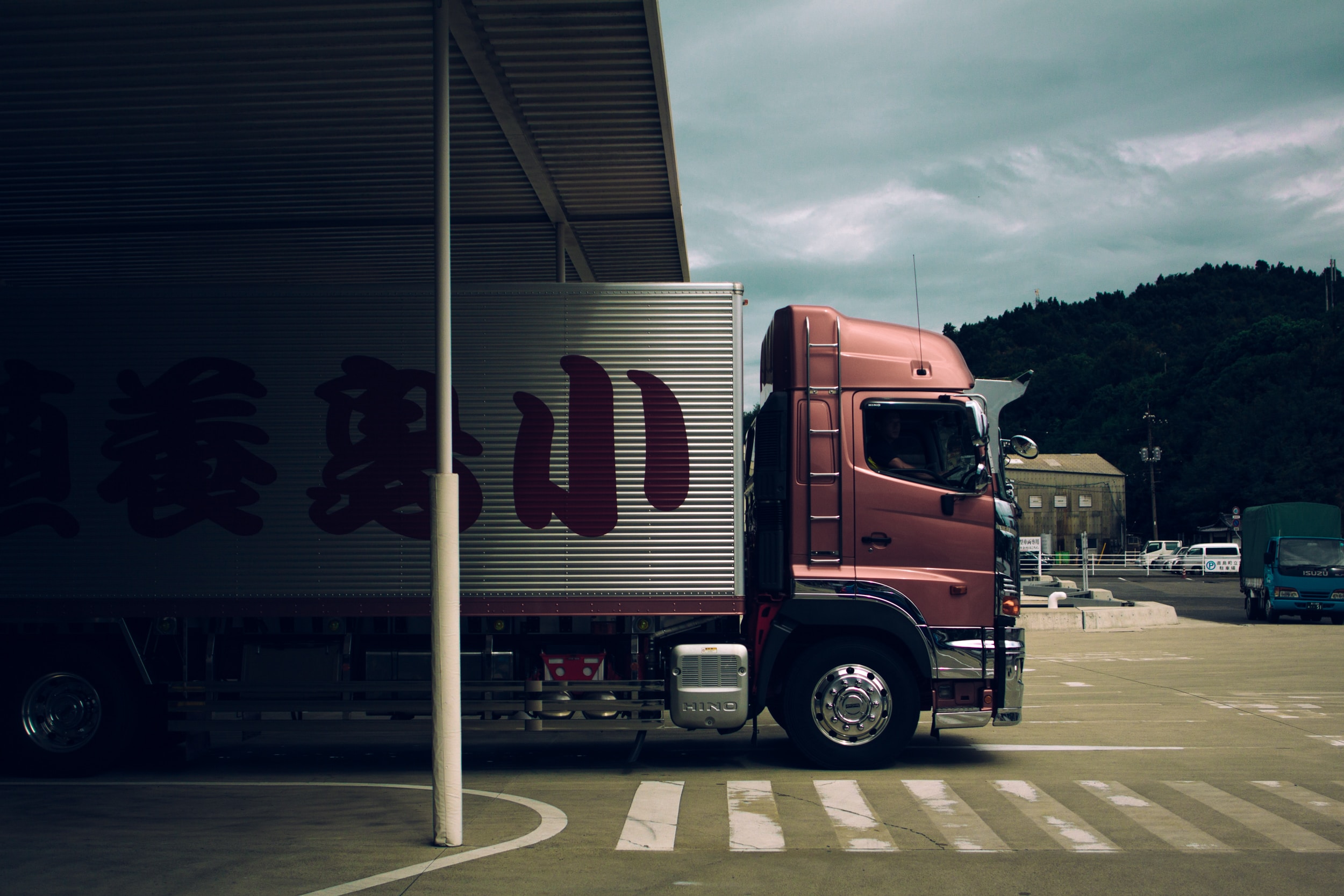In order to answer your request, we are obligated to process the data given above. Sometimes, however, we would like to use them for slightly different purposes, such as statistical data or informing you about our new products and services.We promise that we will use the given information for communication purposes only. We also remind you that you can unsubscribe from our mailing at any time (see Privacy Policy).
Returns in e-commerce are an unavoidable challenge. We all know that in the online commerce industry, no matter what type of goods we sell, we will have to face them. The tactic of avoiding the subject is a road to nowhere - literally, because according to the laws in force in many countries if you don't allow returning a product bought online you can't do this kind of business at all.
Despite all these factors, the industry does not seem to pay much attention to this topic, which has a huge impact on client satisfaction, customer loyalty, costs incurred, and the impact on sustainability in general.
That's why I'm taking up the proverbial gauntlet - and in today's post, I'll write in a nutshell about what to pay attention to in the context of reverse logistics and its' role in the supply chain!
How Does Reverse Logistics Create Value?
Returns in e-commerce are definitely unavoidable - they are a daily occurrence for every online retailer. According to data compiled by the National Retail Federation, last 2022 the percentage of returns from online salesī was as high as 16.5% of all online purchases.
A well-built returns policy is one of the key documents you need to implement in your business - especially if you run a fashion business. This is because, depending on the product category, some items are returned more often than others - and in the case of fashion, the number of returns can be as high as 40% (compared to 6% for furniture).
At this point, it is important to decide what you want to do with the items that will be returned to stock as a result of the return process. You have the ability to choose from several options:
-
sell as new - if the returned product is in good condition, there is no reason why you cannot resell it (important: food products are an exception to this rule in most countries, however). Of course, this applies to returns not caused by defects or damage - and, for example, a situation where the customer ordered clothes in the wrong size. Then it is enough to update the stock, transfer the order, and voila - the product can go to the new owner;
-
sell with discount - it happens, especially during the high season, that the returned items look as if they were after a difficult transition. They are of full value - but you can see some minor shortcomings despite the fact that they are still perfectly usable. This also applies to a situation where, for example, the product is fine, but the packaging has suffered some damage. Then it is worth offering a discount on a given product or other compensation, e.g. store credit. Consumers will gladly take advantage of such options - and you can also boast about the fact that it is a sustainable approach and save on the costs that you would have to incur by recycling instead of earning it again.
-
donate or utilize - if the product is definitely unusable, it is an infamous but also inevitable norm in the supply chain to use it. However, if the product is suitable for use, but not necessarily for sale - a good option is to donate it to a charity or some foundation. Remember, however, not to give garbage to such places - only things that you really can't sell anymore but can be used by others for a long time (clothes from old collections if you don't run re-commerce, etc.).
Returns process versus customer satisfaction
Reverse logistics operations play a crucial role in both customer experience and logistics costs. Properly designed, it can influence customer retention rate and get turned into a competitive advantage.
What you can do to make life easier for your online shoppers is to attach a return label to the order as early as the shipping stage and offer them free returns. Some people think that from a psychological point of view, such behavior in online shopping strategy can be a proverbial shot in the sales knee - and subconsciously encourage e-buyers who immediately upon seeing the label decide to return the product. In fact, it doesn't work that way - quite the opposite.

If a customer wants to return a product, he will do it anyway; but by making the whole process easier for him, you make it so that if he returns the product, satisfied with the service, he will be happy to return to your e-store next time. Moreover, in this way you also help your business: you choose the courier, and the related prices, and eliminate the risk of potential return errors (situations in which the customer returned unwanted goods to the wrong company address were not at all rare in the past).
An approach in which it is the customer who has to worry about how the return will go generates potential frustration and additional costs (in the worst case, you may be left not only with the cost of handling the return - but also without the goods themselves). That's why I'll emphasize it again: making sure to add a properly designed return label is definitely in the interest of every e-commerce business.
Taking care of a robust reverse logistics process can be tricky - there are undoubtedly a lot of things needed to be done in a relatively short timely manner, especially when it's for example the summer holiday season sales time. The entire supply chain is then very overloaded, as are the employees of online stores.
A good idea that does not burden your employees additionally and in the long-term perspective will turn out to be a cost-effective idea is the decision on outsourcing reverse logistics to a professional supply chain management company, especially one that specializes in returns management systems.
Reverse logistics process: make it quickly, easily, and efficiently throughout the whole supply chain
Return logistics is the opposite of forward logistics; it involves delivering a returned product from the customer's hands directly to a store or warehouse, depending on the needs of the e-commerce business.
It involves not only transportation itself - but also shipping, tracking the item, and deciding on the product's subsequent fate (re-sale or disposal). Importantly, this process also has an impact on inventory management.

As you can see, the reverse logistics process isn't very complicated from the first point of view. However, if we take a closer look at him, we can see some of the challenges he faces.
There can be multiple problems with the returns process from the warehouse site - many companies want to return items for sale. No wonder - after all, if they are of full value, it is worth it if they quickly return to sales circulation. From the point of view of the 3PL company, however, the situation is not so simple - its employees are not experts in your product offer, so it can be difficult for them to determine whether the returned product can return to the market.
Therefore, it is worth equipping warehouse employees with a dedicated checklist containing detailed descriptions of elements whose condition they must check. This will also avoid getting the returned goods stuck in the pile "for further evaluation" - not only will they not work for themselves then, but they will also generate storage costs that you would probably like to avoid from a financial point of view. In the event of disputes, it is worth asking the warehouse employees to prepare appropriate photographic documentation and send it to your employees for evaluation (yes, it will probably be an extra charge, but its costs will still be lower than the amounts for the goods in stock).
Another situation, commonly appearing in the returns management process, is the one, in which people return entire orders claiming that...they didn't get all the items they ordered or that they were badly packaged and damaged in transit. Unfortunately, in logistics, it is worth applying the principle of limited trust in such cases - and saying "I check". Customers sometimes bend the truth to their own needs - and to prevent such situations, solutions such as Video Recording of Packaging (VRoP for short) are created.
This solution, as the name suggests, allows you to record the position of the packer - thanks to it, in just a few seconds and clicks, you get a preview of the right document with quality control, where you have the whole situation recorded in black and white. Therefore, it is easy to detect whether the error was really made by the warehouse worker or whether the customer's claim is groundless. In the long-term perspective, it will also allow you to avoid incurring unwanted costs.

Streamlined reverse logistics process: e-commerce return under control
Nowadays people buy mostly online - it's definitely good news, both for e-stores as the owners of inbound and outbound logistics companies. On the other hand, it also means that each customer returns within a year a certain amount of ordered items, which in terms of scale already gives a significant number of orders that must be processed by third-party logistics providers in reverse logistics processes.
To successfully manage reverse logistics and e-commerce returns, it is worth moving away from the somewhat ossified traditional logistics in favor of fulfillment centers and modern warehouse management systems. The latest reverse logistics solutions allow us to reduce costs, meet customer expectations and effectively manage the whole returned inventory.
Reverse supply chain can help you in your goal of getting more repeat customers and repeat business Quick and easy processing returns is exactly what customers expect (together with free return shipping). That's why is worth betting on verified fulfillment services which guarantee increased customer satisfaction and successful reverse logistics.




